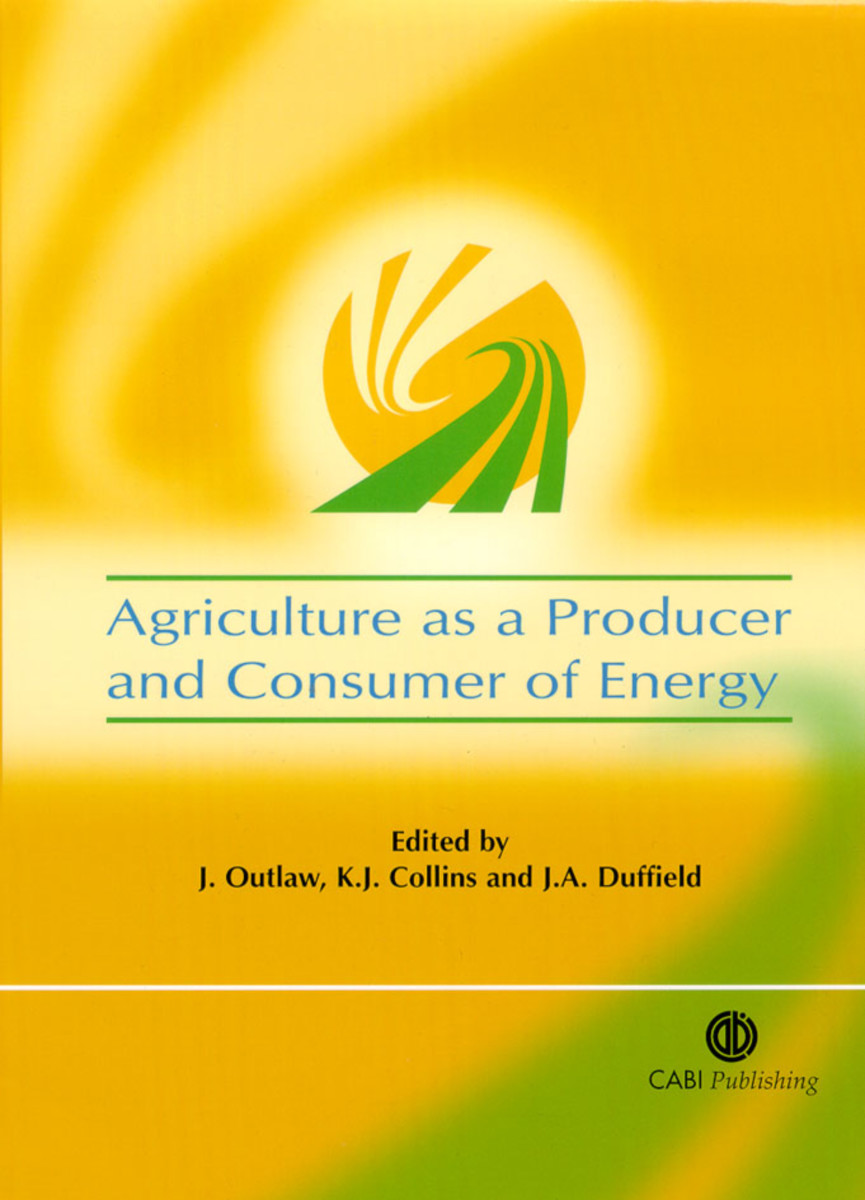Agriculture as a Producer and Consumer of Energy
- Publisher
CABI - Published
25th July 2005 - ISBN 9780851990187
- Language English
- Pages 368 pp.
- Size 6.875" x 9.75"
Recent concerns about energy security in the US have drawn greater attention to agriculture's role as a producer and consumer of energy. Agriculturally-derived energy sources such as ethanol, biodiesel, biomass, and windpower presently supply between 0.3% and 0.50% of the energy consumed in the US.
Organized into two parts, the first section of this book examines agriculture's role as a producer and consumer of energy, the integration of biomass energy into the US energy systems, a policy overview, and outlooks for energy production and consumption. The second section is a compendium of current research including the economic viability of ethanol and biodiesel; energy conservation and efficiency in agriculture; new methods and technologies; and environmental impacts and considerations.
Part I: Survey of Current Knowledge
* Energy and Agriculture at the Crossroads of a New Future
* Agriculture as a Producer of Energy
* Energy Consumption in US Agriculture
* Energy Systems Integration: Fitting Biomass Energy from Agriculture into US Energy Systems
* US Oil and Gas Markets: A Scenario for Future Strong Inter-fuel Competition
Part II: Current Research about Agriculture and Energy
Section 1: The Economics of Ethanol and Biodiesel from Grain
* Dry-Grind Ethanol Plant Economics and Sensitivity
* An Econometric Analysis of the Impact of the Expansion in the US Production of Ethanol from Maize and Biodiesel from Soyabeans on Major Agricultural Variables, 2005-2015
* Ethanol Policies, Programs and Production in Canada
Section 2: The Economics of Ethanol from Lignocellulosic Sources
* Economic Analysis of Alternative Lignocellulosic Sources for Ethanol Production
* The Supply of Maize Stover in the Midwestern United States
* Economic Modelling of a Lignocellulosic Biomass Biorefining Industry
* Economic Impacts of Ethanol Production from Maize Stover in Selected Midwestern States
Section 3: Energy Conservation and Efficiency in Agriculture
* Livestock Watering with Renewable Energy Systems
* Trends in US Poultry Housing for Energy Conservation
Section 4: New Methods and Technologies
* Experiences Co-firing Grasses in Existing Coal-fired Power Plants
* Animal Waste as a Source of Renewable Energy
* Development of Genetically Engineered Stress Tolerant Ethanologenic Yeasts using Integrated Functional Genomics for Effective Biomass Conversion to Ethanol
* Case Studies of Rural Electric Cooperatives’ Experiences with Bioenergy
Section 5: Environmental Impacts and Considerations
* Potential for Biofuel-based Greenhouse Gas Emission Mitigation: Rationale and Potential
* Life Cycle Assessment of Integrated Biorefinery-Cropping Systems: All Biomass is Local
* Glossary


